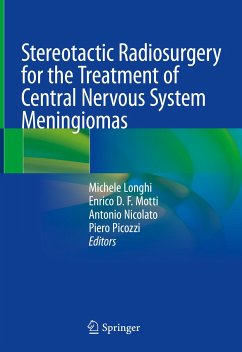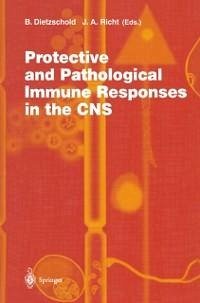
Central Nervous System Diseases and Inflammation (eBook, PDF)
Versandkostenfrei!
Sofort per Download lieferbar
112,95 €
inkl. MwSt.
Weitere Ausgaben:

PAYBACK Punkte
56 °P sammeln!
Edited and authored by top names in the field, this book provides a succinct and well organized reference on inflammatory central nervous system disease. It focuses on current areas of investigation within the fields of neuroimmunology, virology, pharmacology, and disease. Sections of the text focus on specific categories of diseases, examining the pharmacological, virological, and immunological effects of and on the disease. Although other books treat this topic, this book's unique organization provides a quick, concise overview of inflammatory CNS disease. The book is intended for researcher...
Edited and authored by top names in the field, this book provides a succinct and well organized reference on inflammatory central nervous system disease. It focuses on current areas of investigation within the fields of neuroimmunology, virology, pharmacology, and disease. Sections of the text focus on specific categories of diseases, examining the pharmacological, virological, and immunological effects of and on the disease. Although other books treat this topic, this book's unique organization provides a quick, concise overview of inflammatory CNS disease. The book is intended for researchers, clinicians, and students in immunology, neuroimmunology, virology, microbiology, pharmacology, and medicine.
Dieser Download kann aus rechtlichen Gründen nur mit Rechnungsadresse in A, B, BG, CY, CZ, D, DK, EW, E, FIN, F, GR, HR, H, IRL, I, LT, L, LR, M, NL, PL, P, R, S, SLO, SK ausgeliefert werden.












